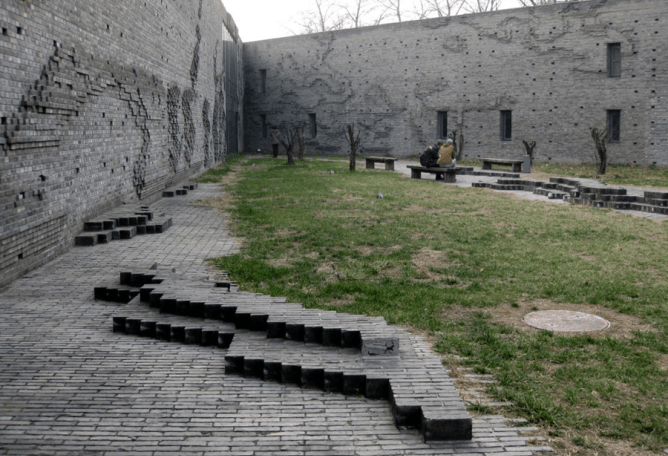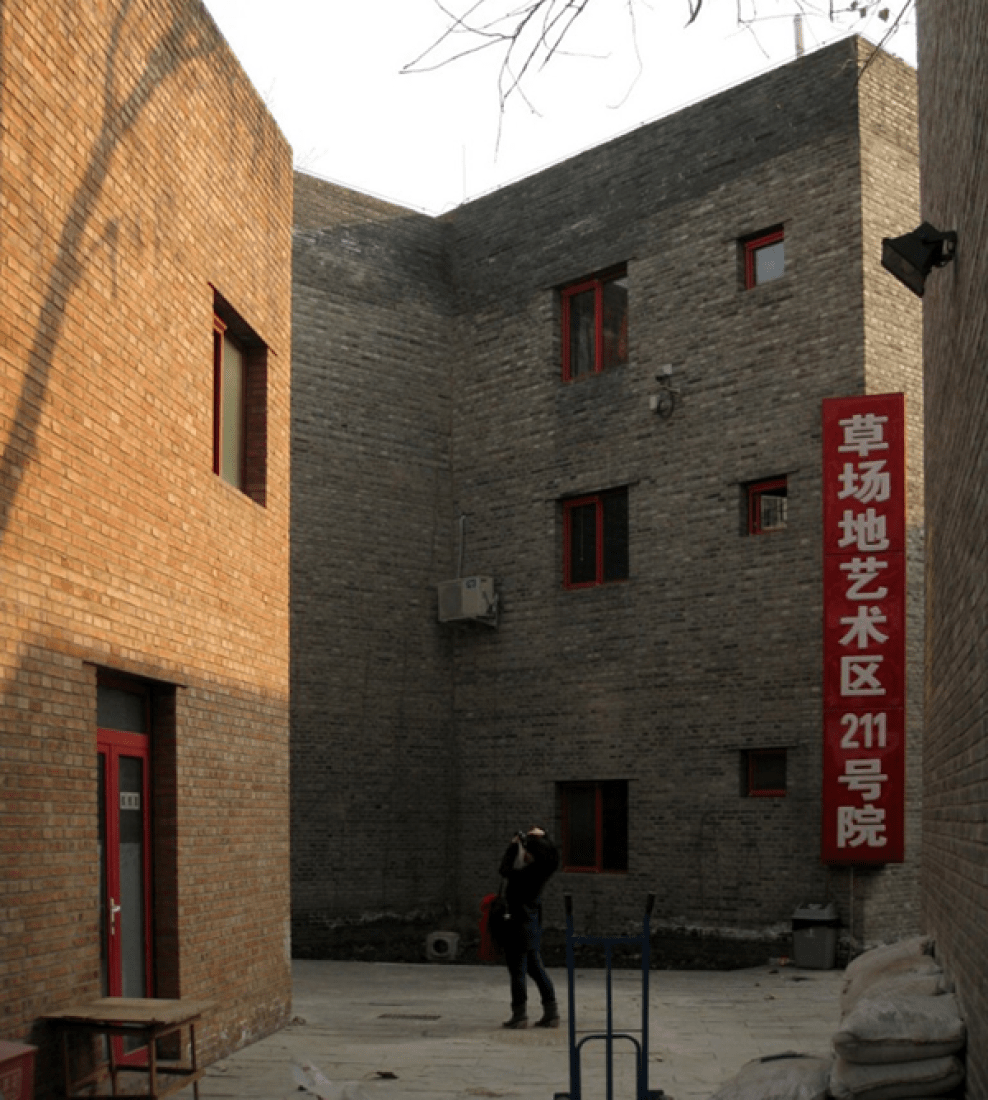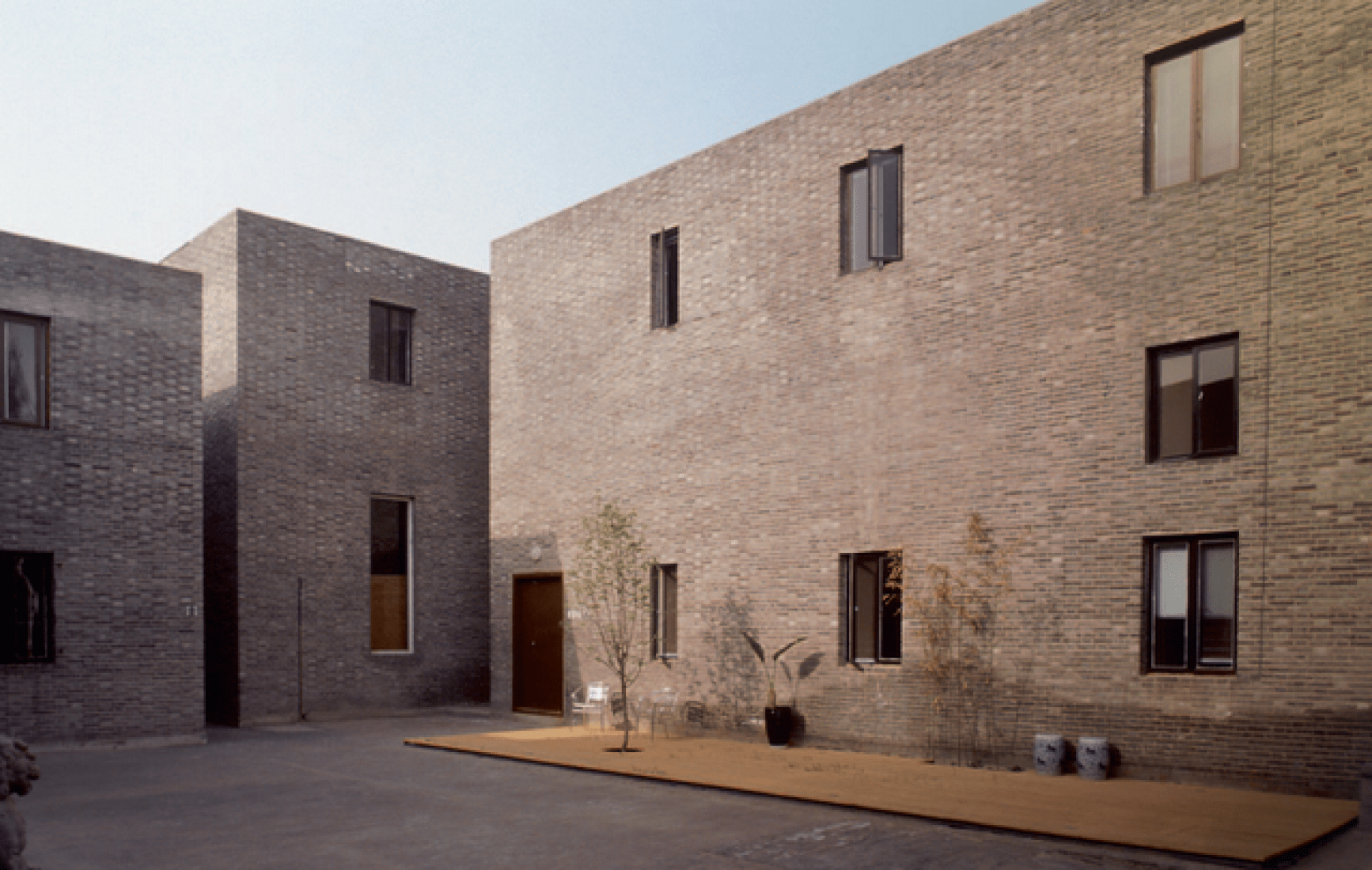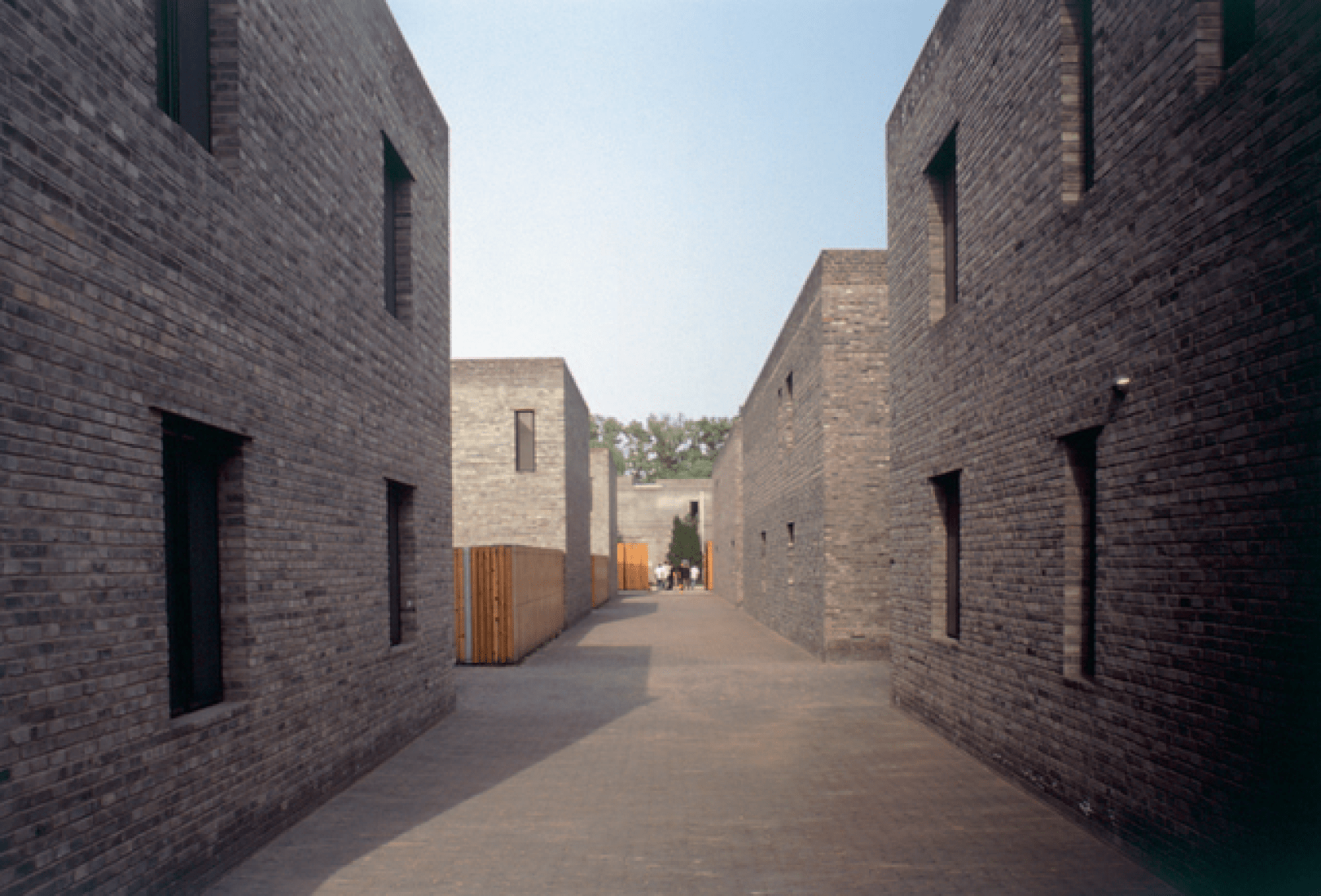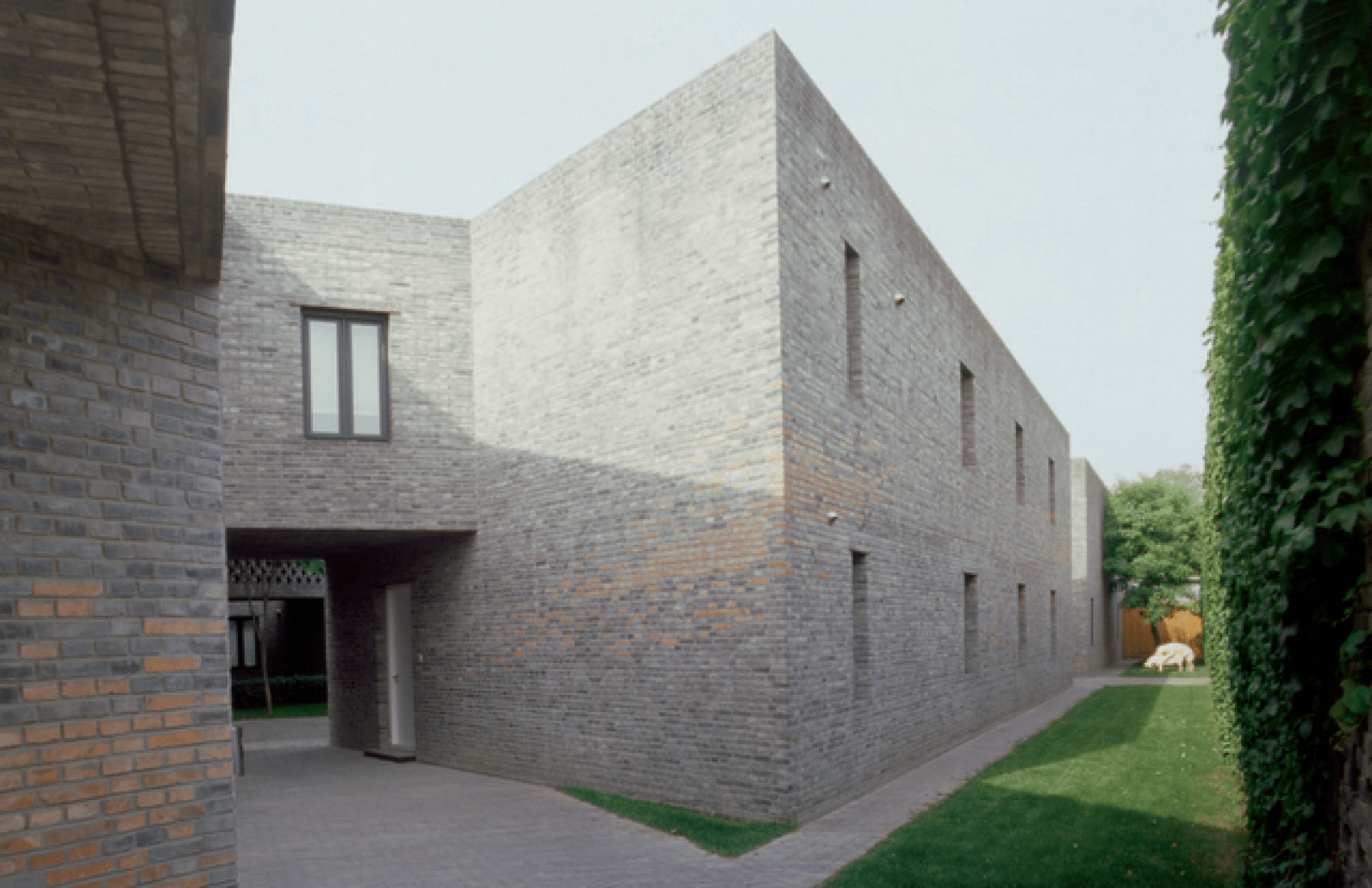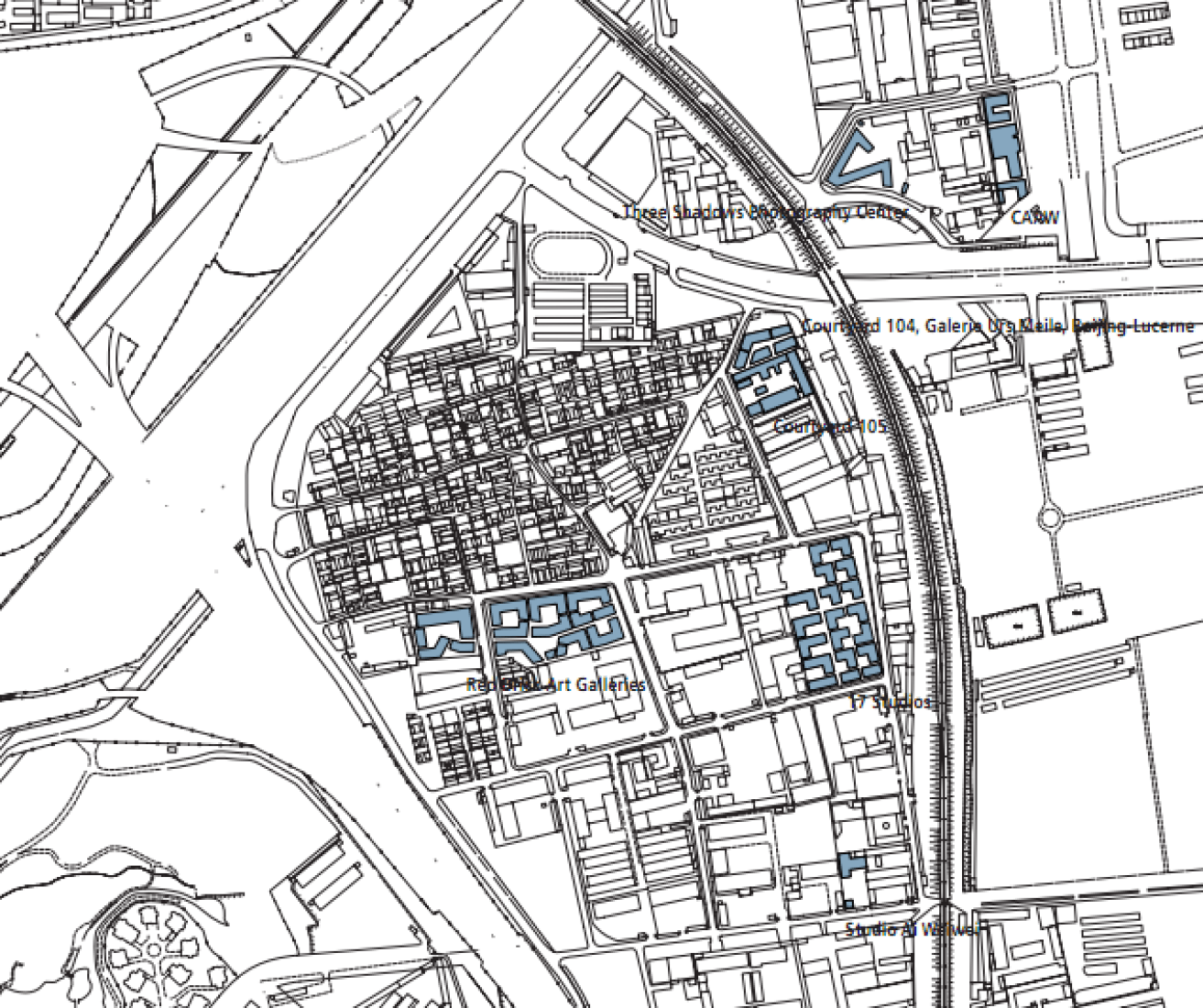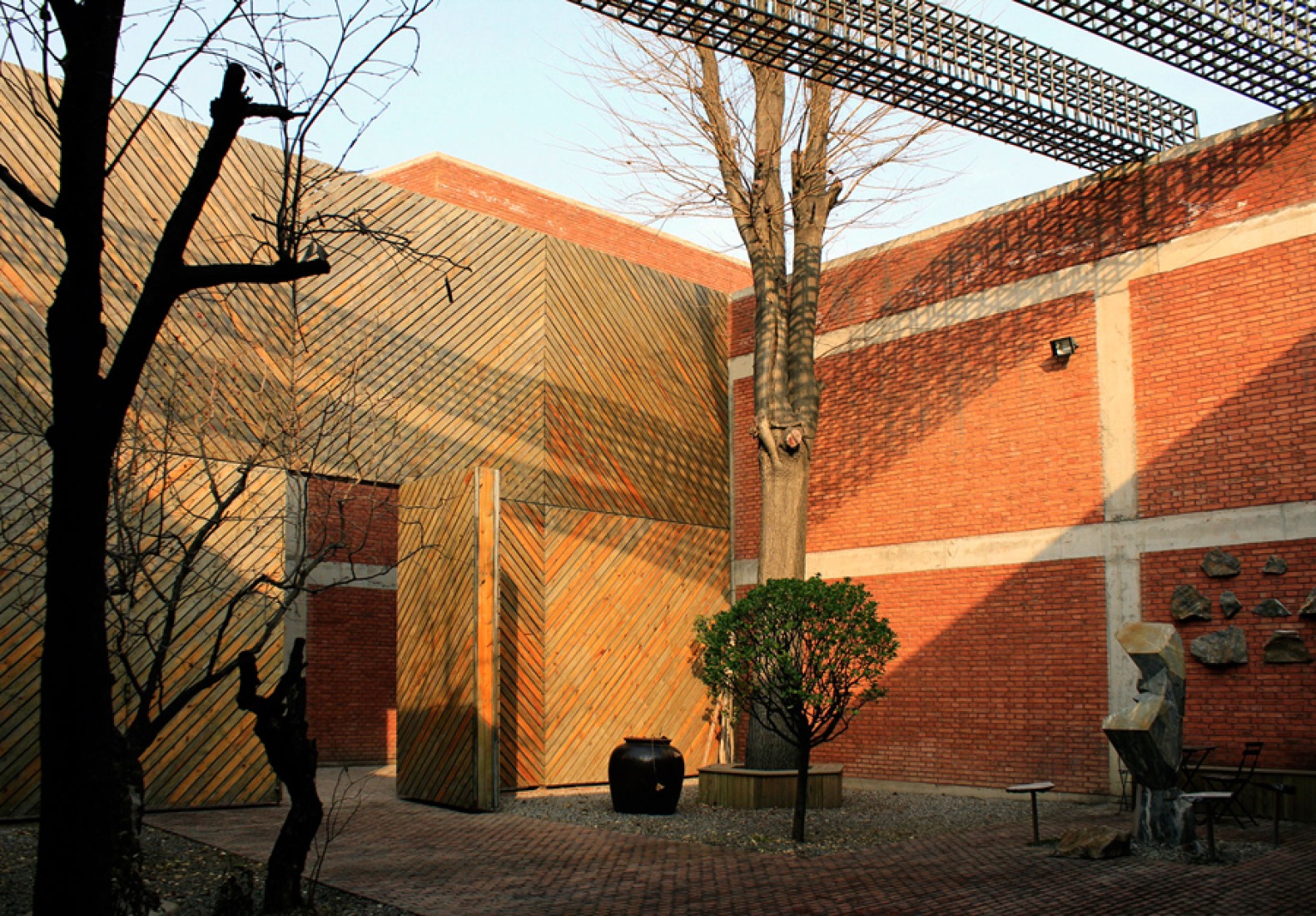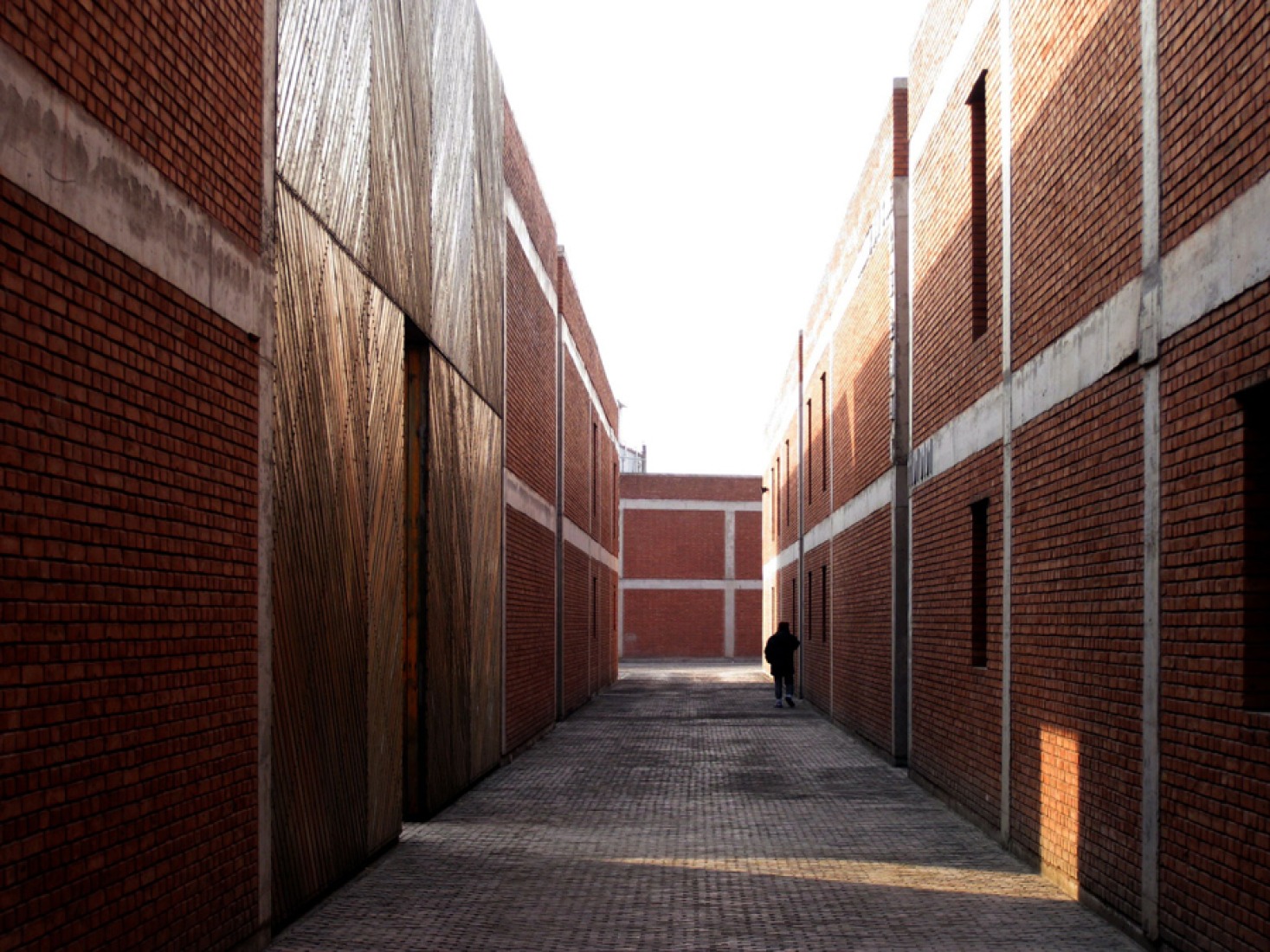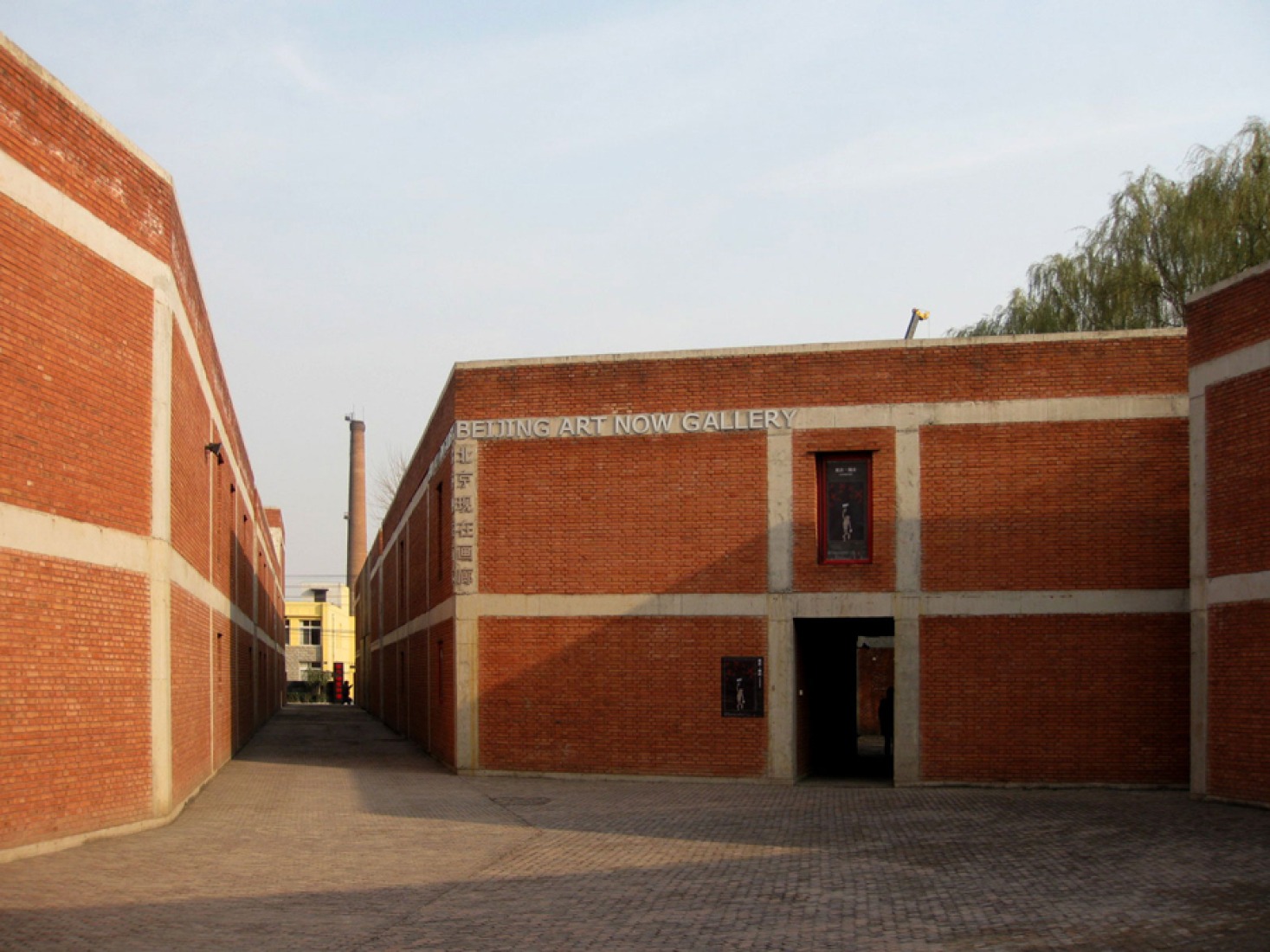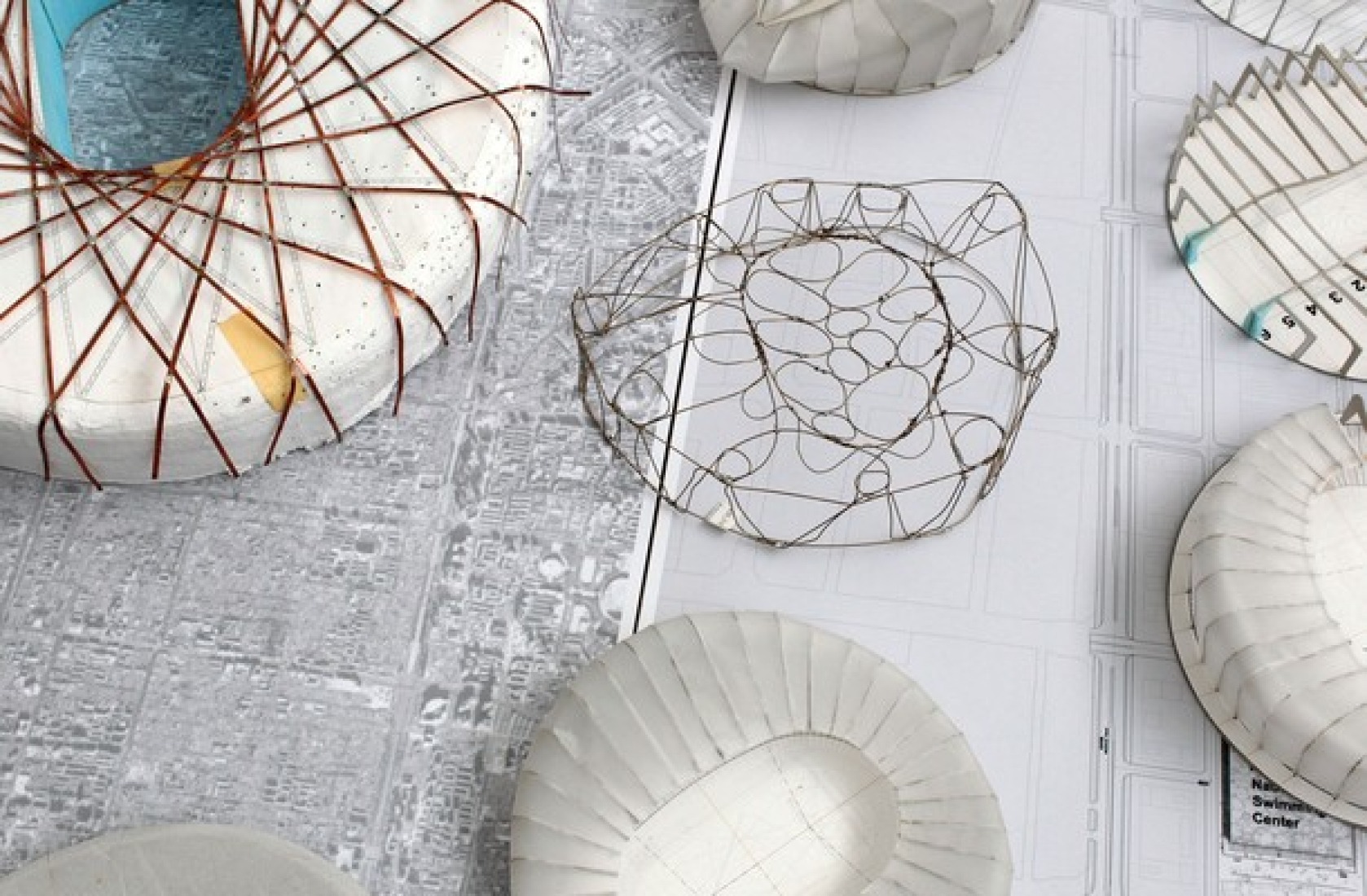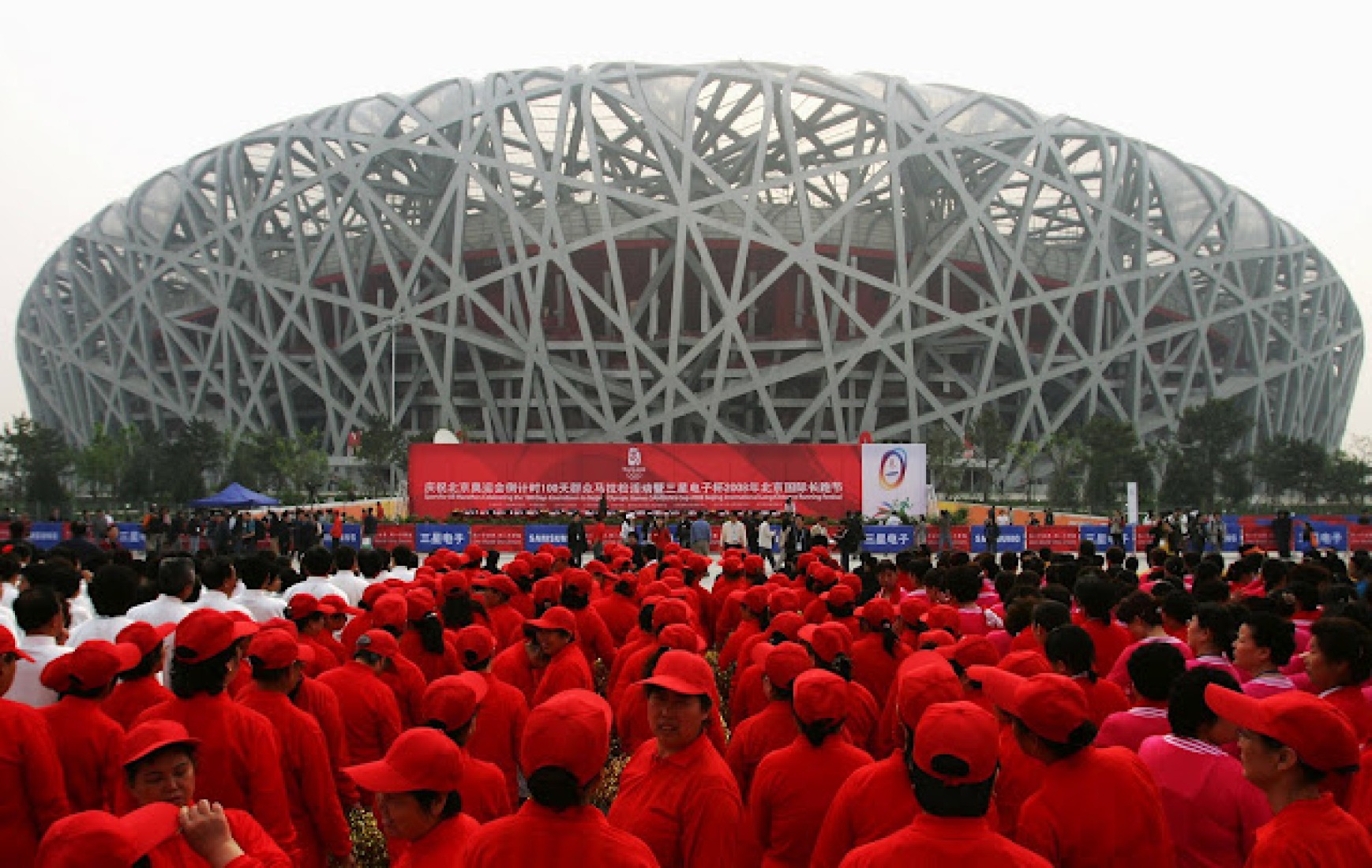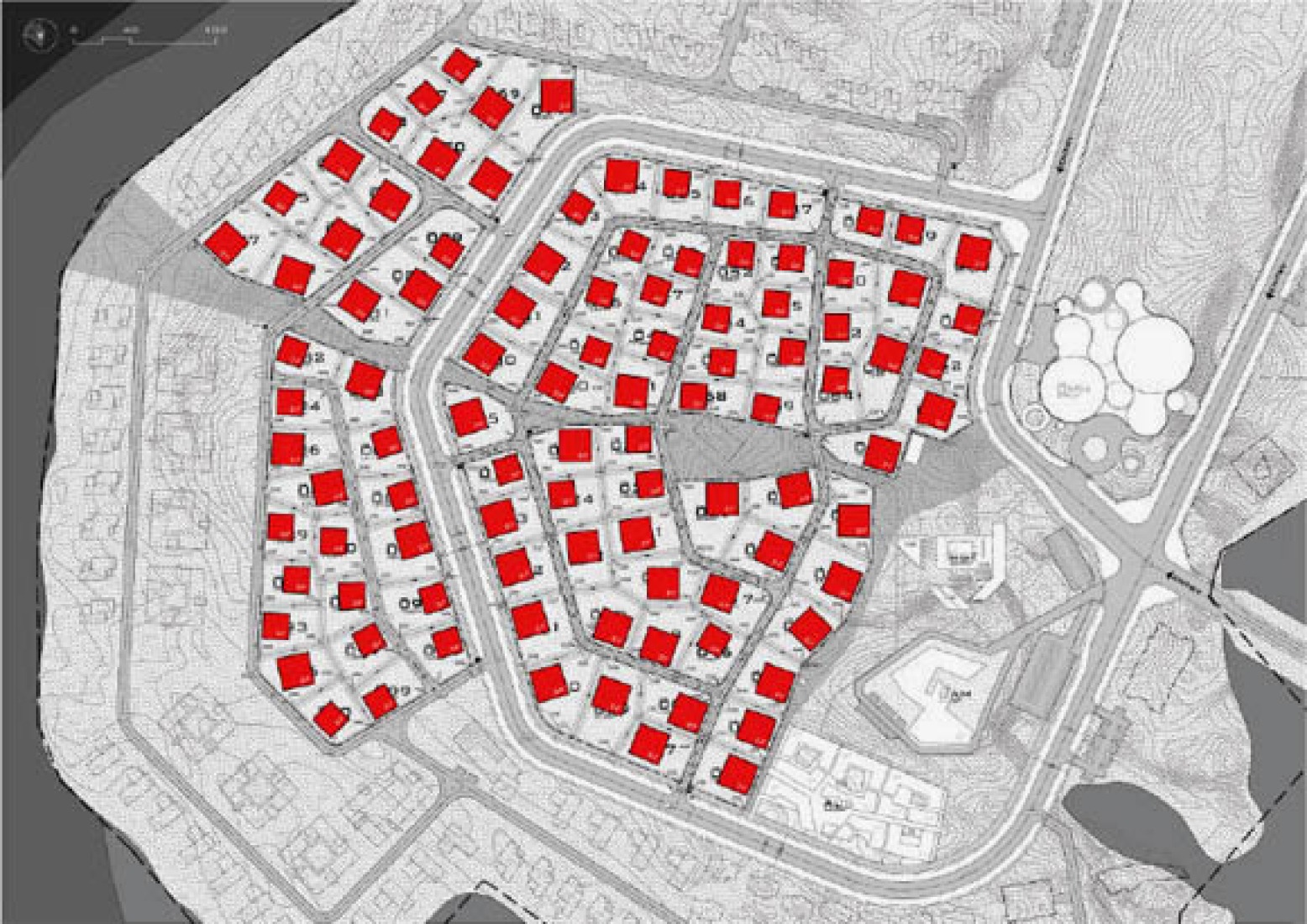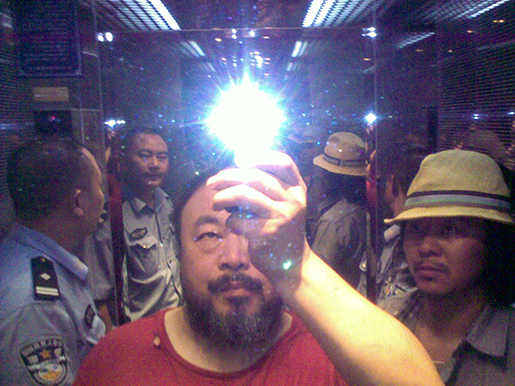.../...What led you to architecture? In 2000, China began to bring in foreign architects. Upon arriving, they wanted to see what had been done locally. I had already built my own studio. It encouraged me to make more buildings, sixty six, seven years. And then I had the chance to work with Herzog and de Meuron on the Olympic Stadium also known as the Bird's Nest. We designed it together, even if they were essential. I took many pictures. In 2007, a year before the start of the Olympics, I realized that the show was coming was nothing more than propaganda in the purest style communist. So I refused to participate in this charade.
Your architectural gray brick, designed around a courtyard in the ancient village of Caochangdi, northeast of Beijing, are they a response to these modern buildings that populate China now? There is continuity in Western architecture since the Renaissance. In China, this continuity has been bled by the revolution. Since then, we hate the past. It has, in our opinion, worthless. Then you destroy. It's a shame but that's how. And so we end up with these buildings soulless, joyless, lifeless who slaughter the land and environment.
Next videos were directed by Ai Weiwei (China, 2012). Official Selection International Film Festival Rotterdam 2012.
Ordos 100 is a construction project curated by Herzog & de Meuron and Ai Weiwei. One hundred architects from 27 countries were chosen to participate and each design a 1000-square-meter villa to be built in a new community in Inner Mongolia. The 100 villas would be designed to fit a master plan designed by Ai Weiwei.
On January 25, 2008, the 100 architects gathered in Ordos for a first visit to the site. The film Ordos 100 documents a total of three site visits, during which time the master plan and design of each villa was completed. As of this date, the Ordos 100 project remains unrealized (Ai Weiwei Studio).


